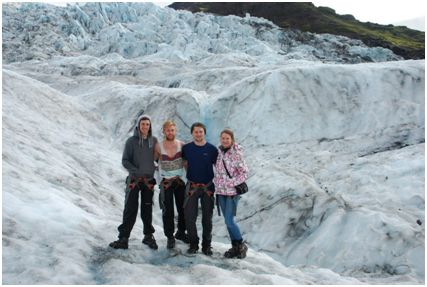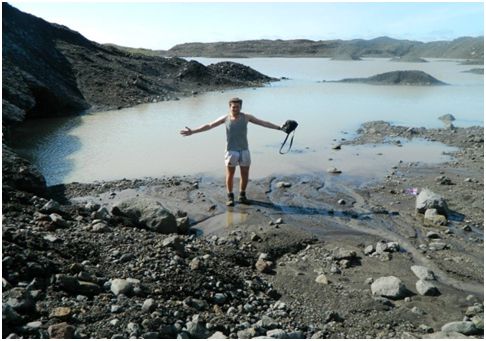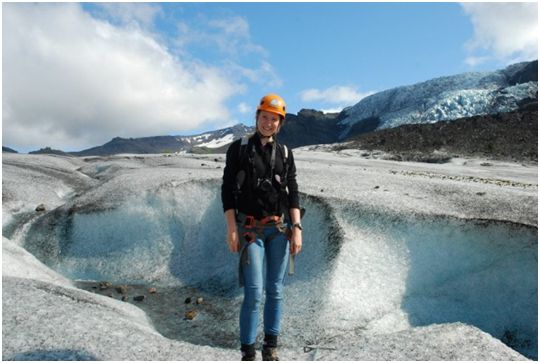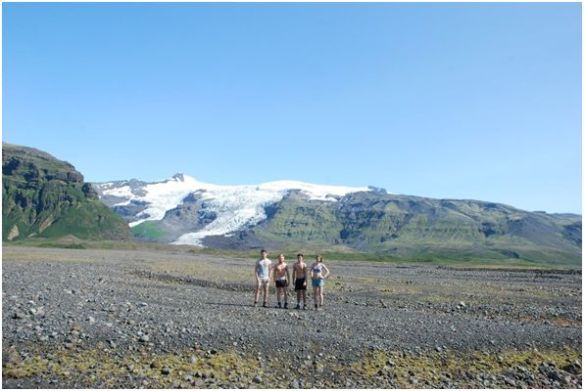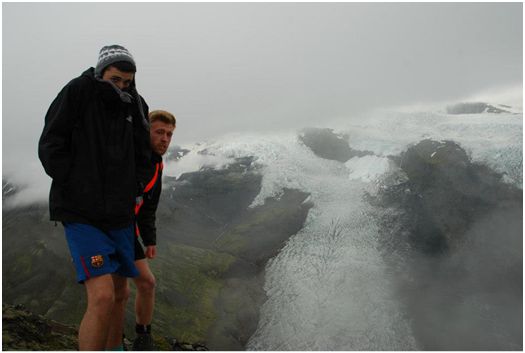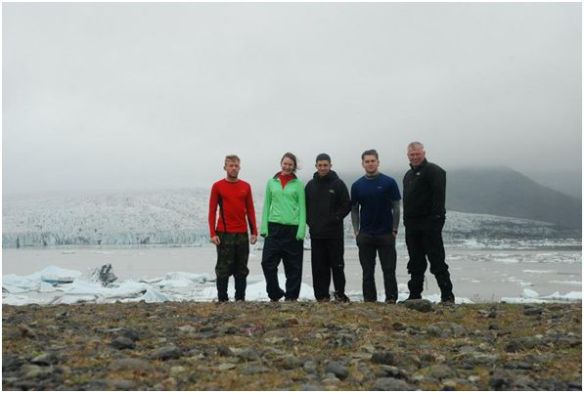By Isobel Beech (Year 2 BSc Geography)
In the middle of August I arrived in Sweden as a flustered exchange student laden with suitcases and I could never have predicted what the next 6 months studying in this country would hold.
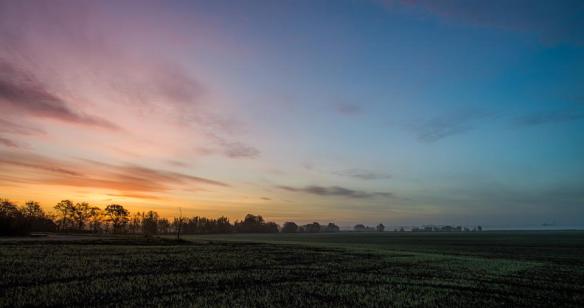
After an emotional farewell at Manchester Airport, Patrick, Diana and I (my fellow Liverpool students) departed for Sweden. The day we travelled to Sweden was the official arrival day for Lund University with 1100 exchange students arriving. After sorting out some essentials such as picking up the keys for my accommodation, I was taken to my halls ‘Greenhouse’ in a mini bus. It was on this journey I realised the distance of my accommodation to the main town which meant getting a bike became one of the first things on my to do list. Greenhouse is very isolated and located in the centre of Swedish countryside, this holds some disadvantages but these all disappear when watching autumn sunrises while cycling to your 9am lectures! The accommodation houses a small group of international students whom have become a tight knit community over the semester with many social events and everyday shenanigans.
The first two weeks in Lund consisted of an orientation period allowing time to settle into the new environment before classes commenced. During this period we were introduced to our international mentor groups lead by student mentors who arranged activities for the new exchange students such as a tour of the town, a trip to the beach and other activities to get to know people and explore the new surroundings. The orientation also included a Swedish language crash course and an obligatory trip to Ikea to sample some of those iconic meatballs.
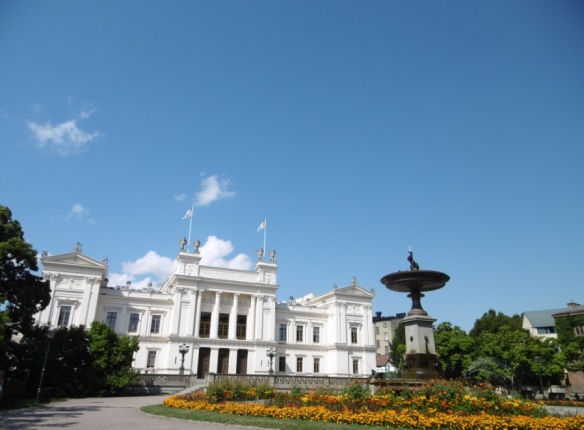
Lund is a small picturesque town located in southern Sweden with university as the focal point. The campus stretches across the whole town with a number of flagship buildings including ‘the whithouse’, the AF Castle and the university library. Nations are scattered across the campus which are student organisations hosting a full weekly programme of activities including meals, pubs, clubs, sporting opportunities and more. Nations have a noivsch period at the start of the semester where you are put into mentor groups and compete against each other. This Novisch period ended with the Novicshfest which was traditional Swedish dinner party known as a sittning, this included ceremonious speeches, awards, singing and of course a little bit of drinking too. During my time here I have become very accustomed to the Swedish practice of fika which is a break in the day marked by coffee accompanied with pastries; I think I’ll be continuing this daily ritual back in Liverpool!
The Swedish university system varies compared to the UK. Only one module is studied at a time here, with a lot more contact hours. The class sizes are also significantly smaller ranging from 15-20 people. Modules consist of lectures and exercises with assessments in both group work and individual assignments. The courses are also very dependent on fieldwork and excursions which was a great way to explore Sweden. While in Sweden I decided to study geology modules, focusing on quaternary geology which has strong links to physical geography. The first module focused on glacial geology and this course began with a fieldtrip to Norway which was an unforgettable experience and undoubtedly a highlight of my study abroad semester. The trip included climbing up the Blåisen glacier to the plateaux and to Jökullhytta glacier. This required climbing equipment and training which had taken place the previous week at university by hanging from a tree outside the geology department and practising the procedure if we fell down a crevasse! The views on the glacier trek were incredible and quite unforgettable. Another highlight of the trip was abseiling down a crevasse and climbing back up using crampons and an ice axe. The second module I am studying is focused on palaeoecological methods and environmental analysis. This module involves analysing cores which we took in groups in Pilevad in Southern Sweden and ultimately creating a poster showing our findings.
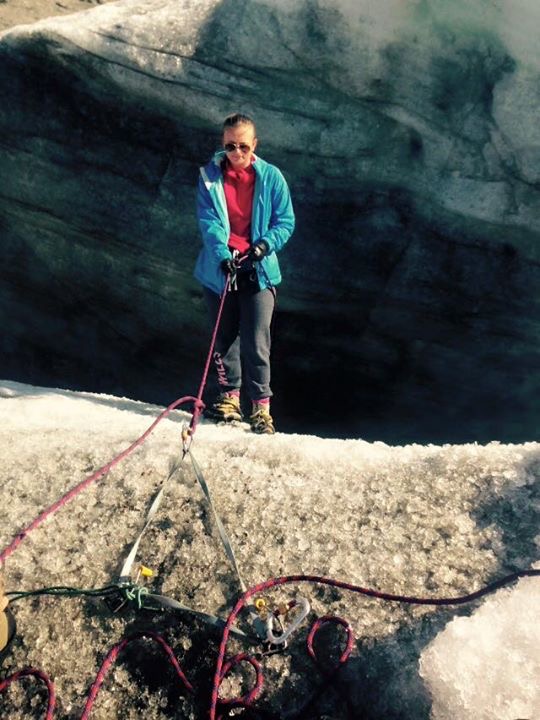
In addition to university and everyday life in Lund I have had the opportunity to travel around a little. So far I have made trips to Gothenburg, Copenhagen and Helsingborg. In Sweden a child is classed up to the age of 19 which meant travelling to these places was relatively cheap. I also hope to make it to Stockholm before the end of my time here.
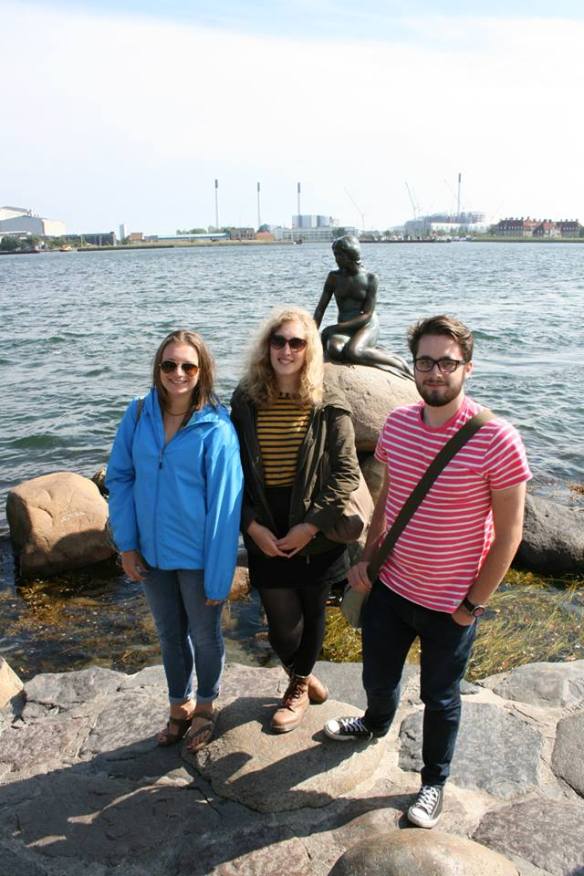
To summarise my time so far, I have made great friends, embraced the Swedish culture and created unforgettable memories. To any first year students thinking about applying for study abroad I would without hesitation encourage you to do so. I am now 4 months into my study abroad adventure and excited to see what my last 2 months in Sweden will hold. The winter is fast approaching with plummeting temperatures as low as minus 2 degrees, Christmas decorations are appearing round the town and I am looking forward to celebrating Christmas Swedish Style before my return to Liverpool in the New Year.
Isobel Beech (Year 2 BSc Geography)

